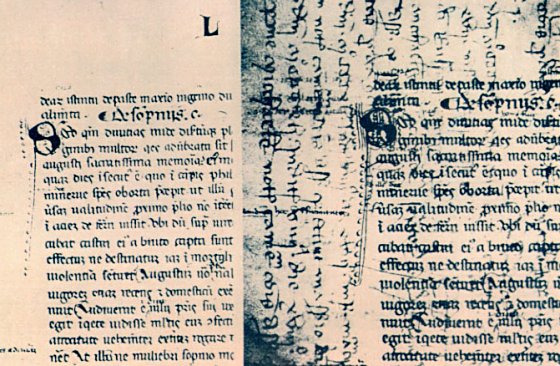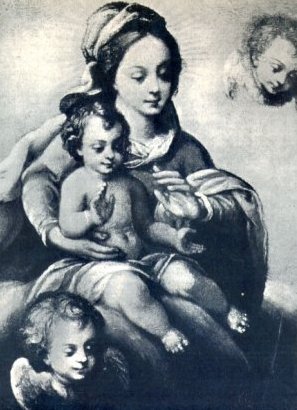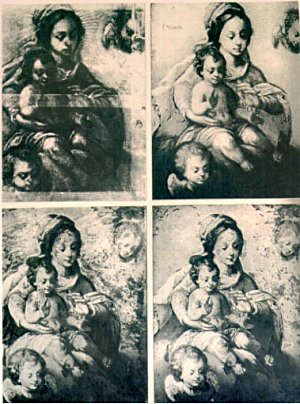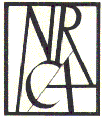| HOSTED BY |
A History of Art Forgery
| The scientific advances of the late 19th and early 20th centuries brought the craft of forgery detection out of the museum gallery and into the laboratory. Techniques such as infrared and ultraviolet examination, photospectrography, carbon dating and other techniques were developed to aid the experts in their evaluation of the authenticity of works of art. |
 |
Forgers of antiquarian drawings, prints, manuscripts and documents on paper often find old documents dating from the era they want to replicate, erase all traces of the prior image, and then proceed to create a fake image on the blank surface. When viewed under ultra-violet radiation, however, as on the image above, writing which had been previously erased can be plainly seen. |
| Examination under different kinds of light and radiation outside the visible spectrum can reveal some interesting information not readily visible to the naked eye. |
 |
 |
|
ABOVE LEFT: Carlo Maratti (1675-1713). Madonna and Child with Angels. Ordinary photograph, taken in sunlight. The painting was subject to examination by four different techniques, as a result of which it was found that certain things had been superimposed. ABOVE RIGHT: Upper Left: Under x-ray, the face appears broader and
the layers of color more solid. |
| Intro (1) (2) (3) (4) (5) (6) (7) (8) (9) (10) (11) (12) (13) (14) (15) (16) (17) (18) (19) (20) Look for updates to this exhibit every week. Also visit the companion to this exhibit: FABULOUS FAKES |
| Special thanks to people without whom this exhibition would not have been possible: Thea Eichler, NRCA; Billie Tucker, New Rochelle Library; Ivar Hyden, Backstreet Gallery and all the contributing artists. |
| Additional information about the availability of Fabulous Fakes, the History of Art Forgery or any of the works in the exhibition may be obtained by contacting The New Rochelle Council on The Arts by email or by calling 212-529-2025. More information on the NRCA can be found by connecting to the internet and clicking here. |
 Fabulous Fakes and A History of Art Forgery © J. L. Dolice, 2001, 2003.
|
| All images in this presentation may not be copied, stored in any electronic retrieval device or used in any way without permission in writing. ISBN 0-935901-51-5. |
| Art Forgery | Art Haus |